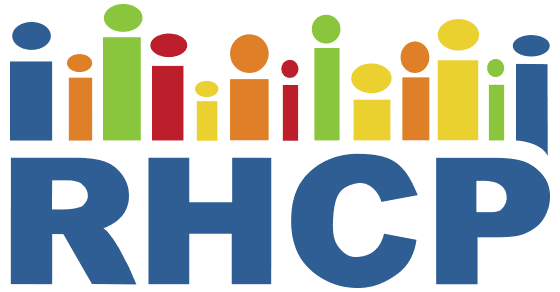Digital Storytelling Intervention for Hemoglobin A1c Control Among Hispanic Adults With Type 2 Diabetes A Randomized Clinical Trial
Background: Hispanic adults with type 2 diabetes (T2D) are more likely to develop complications and die from the disease than the US general population. Digital storytelling interventions are narrative-based videos elicited through a community-based participatory research approach to surface the authentic voices of participants overcoming obstacles to health-promoting behaviors that perpetuate health inequities; research on the effect of digital storytelling on T2D outcomes among Hispanic adults is lacking.
Methods: To assess the impact of a digital storytelling intervention on glycemic control and its acceptability among Hispanic patients with poorly controlled T2D, we conducted a multicenter, randomized clinical trial conducted within 2 primary care networks in Minnesota and Arizona among Hispanic adults with poorly controlled T2D (hemoglobin A1c level ≥8%). The intervention group viewed a 12-minute digital storytelling video. The video included 4 Spanish-language stories that reinforced 4 diabetes self-management behavioral goals (healthful diet for diabetes, physical activity, medication adherence, and glucose self-monitoring). The control group received printed, culturally tailored T2D education materials. The primary outcome was the mean change from baseline to 3 months for hemoglobin A1c levels, adjusting for baseline hemoglobin A1c, age, gender, education, and income. Acceptability and narrative quality of the intervention were assessed through questionnaires.
Results: There were 451 study participants, with 227 (mean [SD] age, 54.3 [9.3] years; 158 [69.3%] women) randomized to the intervention group and 224 (mean [SD] age, 54.5 [9.1] years; 156 [69.3%] women) to the control group. Of these, 390 completed 3-month follow-up of the primary outcome (86% retention). There was a small improvement in the mean (SD) hemoglobin A1c level in the intervention group compared with the control group in the adjusted model (9.1% [1.7] to 8.4% [1.6] vs 9.4% [1.8] to 8.8% [2.0]; P = .04] but not in the unadjusted model. Acceptability and narrative quality of the intervention were high.
Conclusion: In this randomized clinical trial, a digital storytelling intervention developed with and for Hispanic adults with T2D was highly acceptable and feasibly implemented within primary care settings and resulted in a modest improvement of glycemic control. This was a highly scalable intervention that may be integrated into clinical practice as part of a longitudinal diabetes self-management program for Hispanic adults.

